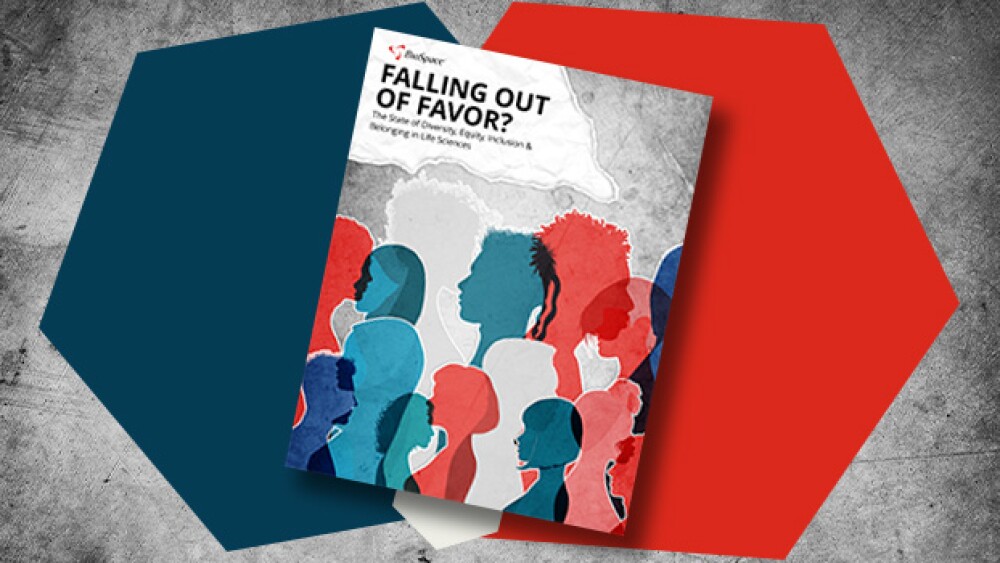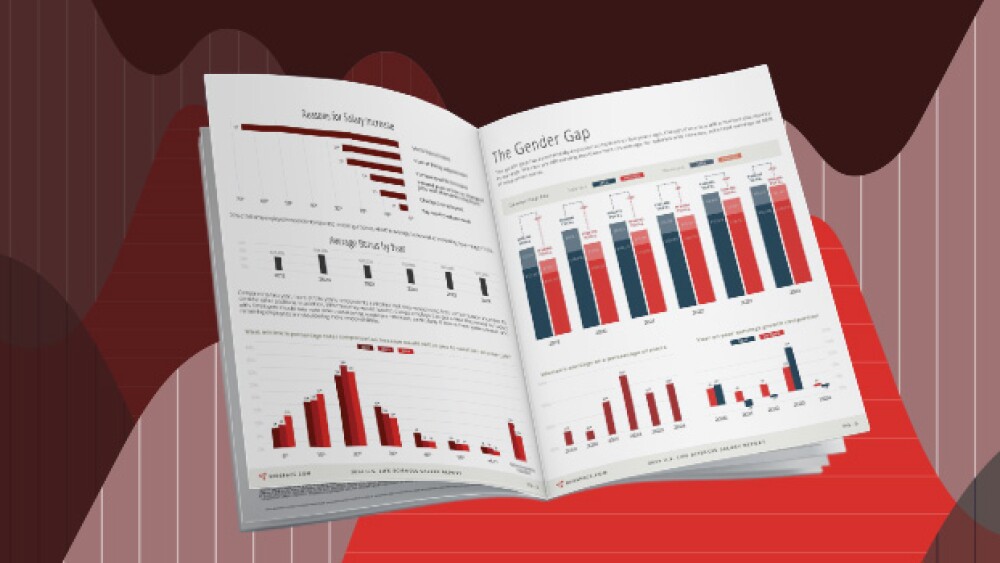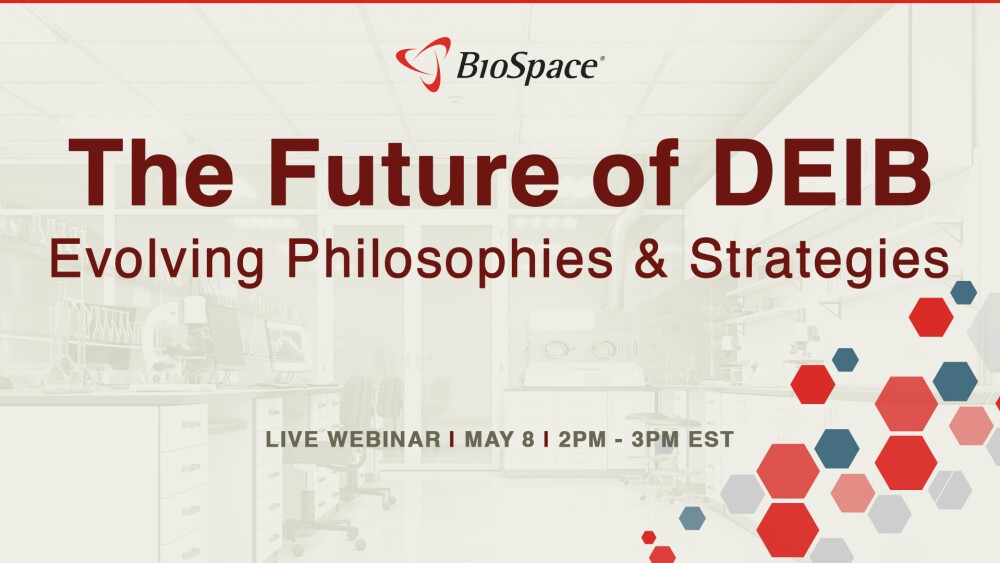Employer Resources
Insights to help you hire and manage your workforce
In the final instalment of our Diversity in Life Sciences series, BioSpace provides life sciences organizations with practical solutions and benchmarking data to strengthen their DEI initiatives.
Labor Market Trends
The biopharma job market remains challenging, based on BioSpace data. In August, job postings live on the website dropped 32% year over year. In addition, during the first eight months of 2025, over 26,000 people were laid off or projected to be laid off.
New York City has seen increased life sciences employment during the past decade as public funding and key projects like JLABS @ NYC have given the area a boost. A Partnership Fund for New York City executive discusses the city’s strengths and a notable challenge facing businesses.
Data scientist employment is expected to grow 33.5% from 2024 to 2034 due in part to a growing demand for data analysis, according to new U.S. Bureau of Labor Statistics findings. Biopharma hotspots were among the top 10 states for employment and pay for this role in 2024.
BioSpace has named 50 biopharma companies to its 2025 Best Places to Work list, including Moderna and Sutro Biopharma, whose executives share what makes their organizations special.
BioSpace’s third report on diversity, equity, inclusion and belonging in life sciences examines dramatic shifts in attitude around diversity initiatives.
When a person notifies their employer that they have a disability, the company must make a good-faith effort to adjust to enable the employee to continue in their job.
Proximity bias, a term that describes how managers tend to favor those they see in person, may force remote and hybrid workers to work harder to keep up with their in-person counterparts.
Ageism, or discrimination against an individual based on their age, is a common barrier many older individuals face in the workplace. Fortunately, there are steps that can be taken to mitigate this discrimination.
RECRUITING
The latest Employment Situation report from the Bureau of Labor Statistics shows that employment for healthcare workers is slowly but surely returning to its pre-pandemic levels.
Forrester Consulting partnered with Sterling and found that, while the pandemic is the top concern for healthcare employers, overcoming the healthcare talent shortage is a close second.
A report by CBRE shows that finding life sciences research talent may prove extremely difficult for employers. However, there are steps you can take to find top talent for these roles.
Researchers surveyed 60,000 Microsoft employees and found that remote workers are more productive than their in-office counterparts in the short-term, but less productive long term.
Sales and marketing roles in the life sciences field are in high demand. To help with your job search, we’ve compiled a guide to sales and marketing jobs in the life sciences industry.
In order to stay afloat while maintaining a competitive edge, many life science companies are going to have to get creative in order to keep up with rising salaries and inflation.
BioSpace’s 2024 Salary Report explores the average salaries and salary trends of life sciences professionals.
WEBINARS
This discussion features DEIB leaders from California Life Sciences, MassBio, Eli Lilly and Takeda. We explore changing attitudes in the life sciences workforce, if organizations are adjusting either their DEIB or communication strategies, and how evolving philosophies around DEIB are impacting human resources and talent acquisition activities.



















